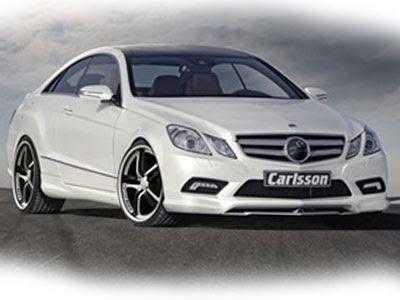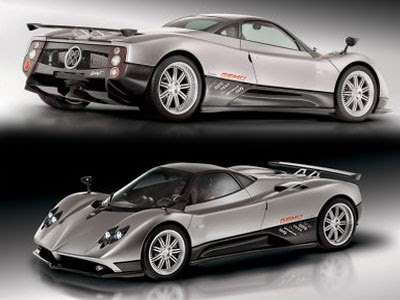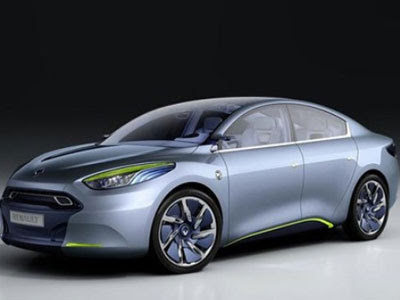
V8 Engine The Mercedes E 500 E-Class Coupe
The Mercedes E 500 E-Class Coupe has released by German tuner Carlsson.
The new kit includes a new front lip spoiler, new side sills and a new rear lip with integrated exhaust system and air diffuser.
The kit is completDuned by the 20-inch 1/5 REVO light alloy wheels wrapped in Dunlop tyres measuring 235/30. Under the hood, the V8 engine of the E500 Coupe was boosted from 388 hp and 530 Nm of torque to 435 hp and a maximum torque of 600 Nm. Also, a new coilover suspension and sport springs with a lowering range of 30 millimetres have been added for better handling. Inside, we find new accessories such as a gearstick in leather/ultra suede, a leather/ultra suede steering wheel cover, Carlsson aluminium pedals covers and new floor mats with the Carlsson logo.
For the new E-class Coupé (Type C 207) Carlsson introduces an entire individualisation kit on the occasion of the Frankfurt Motor Show.The sport rear exhaust silencer is made of stainless steel and with its two oval end pipes it guarantees a sportive sound and an extra output of eleven hp. The sport centre exhaust silencer and a sport air filter effectively complete the engine kit.
Carlsson provides optimal road holding with a coilover suspension which offers a stepless adjustment for damping and vehicle height. Carlsson sport springs with a lowering range of 30 millimetres are also available.
Carlsson offers the light alloy rim 1/5 REVO in modern two-colour varnish and in the size 8.5 x 20 inches at the front- and rear axle with Dunlop tyres measuring 235/30. The visual kit includes the Carlsson front spoiler. The Carlsson front spoiler lip RS is delivered optionally in real carbon. The flow line optimised Carlsson rear spoiler concludes the optical refinement.
Carlsson offers a broad range of accessories: The gearstick is available in leather/ultra suede, for the steering wheel, a leather/ultra suede cover has been engineered and for the pedals, sporty Carlsson aluminium covers. Moreover, the programme also includes floor mats with an illuminated Carlsson logo; especially at night times, they render an impressive ambience without blinding the passengers.








 The
The 
















